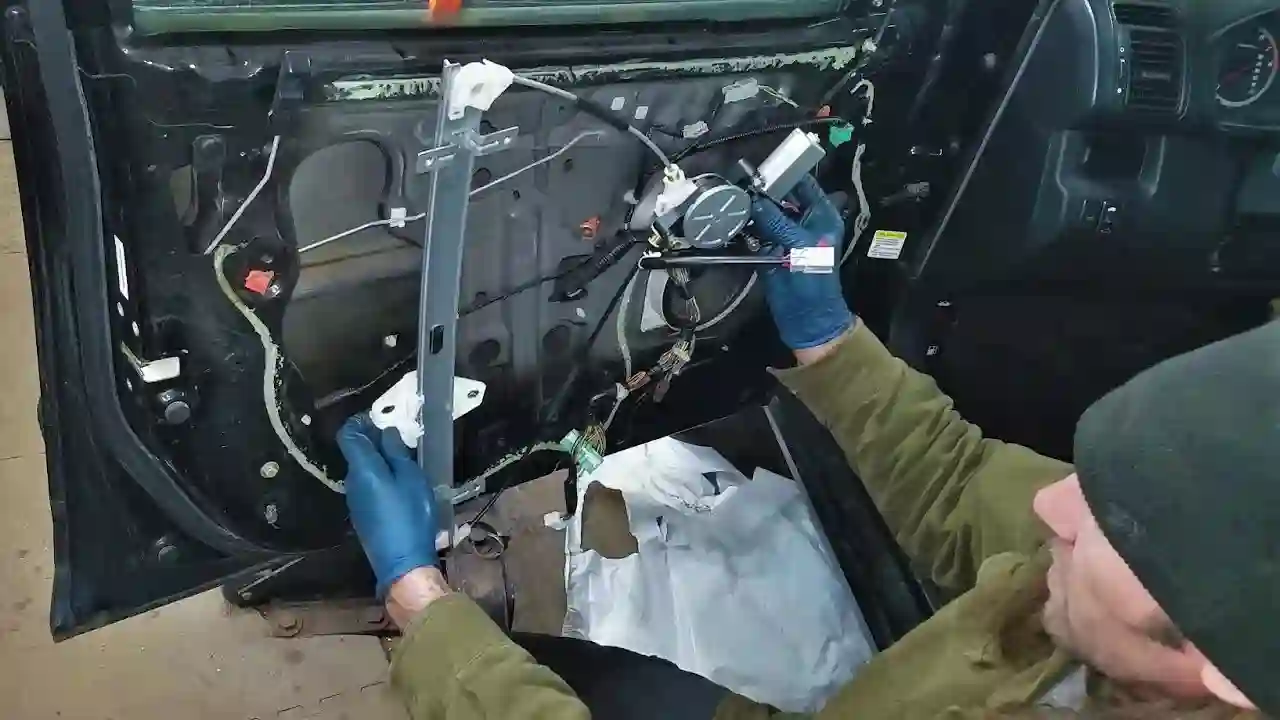
Dealing with Window Regulator Failures in Extreme Cold
Extreme cold weather can be harsh on vehicles, and one of the components that can be particularly vulnerable to cold-related issues is the window regulator. While window regulators are generally designed to withstand a range of temperatures, extreme cold can still lead to problems like frozen windows, malfunctioning regulators, or even complete failures. In this article, we’ll explore the challenges posed by extreme cold weather to window regulators and provide tips on how to deal with these issues effectively.
Understanding Window Regulators:
Window regulators are mechanical or electrical components in your car responsible for controlling the movement of the windows. They play a crucial role in allowing you to raise and lower your windows, providing ventilation and convenience. There are two primary types of window regulators:
- Manual Window Regulators: These are operated by turning a crank handle. They have a relatively simple design but are less common in modern vehicles.
- Electric Window Regulators: Electric regulators use a motor to move the windows, typically controlled by a button or switch on the door panel. They offer one-touch convenience and are more common in modern cars.
Challenges in Extreme Cold:
Extreme cold weather can present several challenges to window regulators:
- Frozen Windows: The most common issue in extreme cold is frozen windows. Moisture can accumulate on the window seals, tracks, and regulator mechanisms, leading to freezing. This can prevent the window from moving up or down or cause it to move slowly and jerkily.
- Motor Strain: Electric window regulators may experience increased strain on the motor in extreme cold, especially when attempting to move frozen windows. This added stress can lead to motor wear and potential failures.
- Plastic Parts: Some window regulator components are made of plastic, which can become brittle and prone to breakage in extreme cold temperatures. This can result in components cracking or breaking, leading to window regulator malfunctions.
- Electrical Issues: Extremely cold temperatures can affect the electrical components of electric window regulators, potentially causing issues with the switch or wiring connections.
Tips for Dealing with Window Regulator Failures in Extreme Cold:
Dealing with window regulator issues in extreme cold requires a combination of preventive measures and troubleshooting. Here are some tips to help you address these problems effectively:
Preventive Maintenance:
-
- Regularly lubricate the window tracks and moving parts with a silicone-based lubricant. This helps reduce friction and prevents moisture from freezing.
- Keep the window seals and weatherstripping clean and apply silicone spray to prevent freezing.
- Park your vehicle in a garage or use a car cover to shield it from extreme cold when possible.
Thawing Frozen Windows:
-
- If your windows are frozen, avoid forcing them open or closed as this can damage the regulator. Instead, gently tap the ice with a soft mallet or use a de-icer spray to thaw the ice.
- Apply a silicone-based lubricant to the window tracks and seals to prevent further freezing.
Operate Windows Carefully:
-
- In extremely cold conditions, operate your windows with care. Slowly raise and lower them to minimize stress on the regulator and motor.
- If you notice any unusual noises or resistance when using the windows, stop immediately to avoid causing further damage.
Keep Interior Dry:
-
- Moisture inside the vehicle can lead to frozen windows and increased strain on the regulator. Use moisture-absorbing products or silica gel packets to keep the interior dry.
Seek Professional Help:
-
- If you experience persistent issues with your window regulators in extreme cold, seek professional assistance from a qualified mechanic. They can diagnose and repair any underlying problems, such as worn-out components or electrical issues.
Consider Cold Weather Accessories:
-
- Cold weather accessories like window covers or thermal blankets can help insulate your vehicle’s windows and reduce the chances of freezing.
Use Manual Operation if Available:
-
- If your vehicle has manual window regulators, consider using them in extreme cold conditions. They are generally less prone to issues caused by freezing.
Replace Worn Components:
-
- If your window regulator is already showing signs of wear or damage, consider replacing worn or damaged components proactively. Replacing these parts can help prevent failures in extreme cold.
Conclusion:
Dealing with window regulator failures in extreme cold requires a combination of preventive maintenance, careful operation, and troubleshooting. By taking proactive measures to prevent freezing and addressing any issues promptly, you can minimize the risk of window regulator problems during harsh winter conditions. Remember that seeking professional assistance from a mechanic is advisable if you encounter persistent or severe issues with your window regulators in extreme cold weather.





